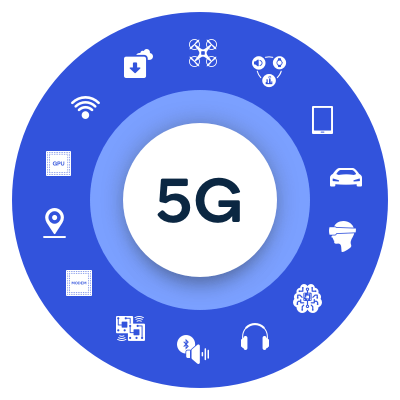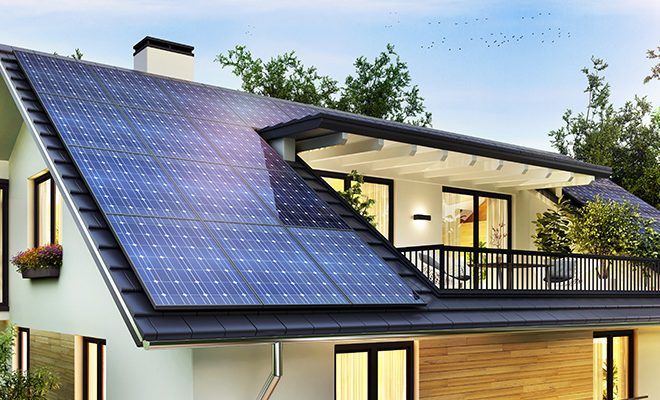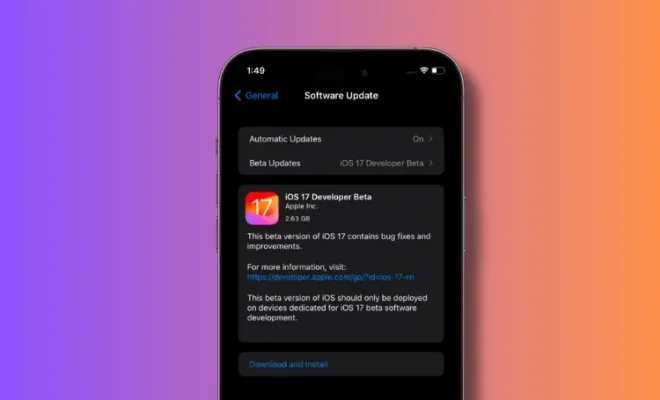What is 5G Home Internet? A Comprehensive Overview

Introduction:
5G home internet is a game-changer in the world of wireless connectivity, offering unparalleled speed, performance, and reliability. But what exactly is it, and how does it differ from traditional broadband connections? In this article, we’ll delve deep into the world of 5G home internet and explore its benefits and how it works.
What is 5G Home Internet?
5G home internet is a wireless broadband connection that uses the fifth generation of cellular network technology to deliver internet service directly to your home. Unlike traditional wired connections like DSL, cable, or fiber-optic, 5G home internet doesn’t require any physical wires to be laid down or connected to your residence.
How Does 5G Home Internet Work?
5G home internet works by utilizing a series of small-cell antennas strategically placed throughout a city or town. These antennas transmit data using high-frequency millimeter-wave spectrum, which allows for faster speeds and lower latency than current 4G networks can provide.
When you sign up for 5G home internet service, you’ll receive a device called a fixed wireless access (FWA) modem or gateway. You install this device inside or outside your house to receive the 5G signal from the nearest antenna. This gateway converts the wireless signal into a usable Wi-Fi network for your devices.
Benefits of 5G Home Internet:
1. Faster Speeds: 5G home internet can deliver gigabit-class speeds that are comparable to fiber-optic connections, making it possible to stream high-quality content, play online games without lag, and work remotely with ease.
2. Lower Latency: As 5G technology provides much lower latency than existing networks, tasks that demand real-time processing become faster and more efficient.
3. Easier Installation: Without the need for drilling holes or running cables through your home, the installation process for 5G home internet is much simpler in most cases.
4. Improved Connectivity: 5G technology has the potential to support more connected devices in a given area, which means less congestion and better performance.
5. Flexibility: As it does not require big infrastructure changes, 5G can be more easily deployed in remote or rural areas where laying fiber-optic cables might be costly or challenging.
Availability of 5G Home Internet:
While 5G home internet is still relatively new, it’s steadily becoming available in more cities worldwide. Major carriers like Verizon, AT&T, and T-Mobile are all rolling out their 5G networks and services, so expect even broader coverage as time goes on.
Conclusion:
The arrival of 5G home internet brings with it a host of advantages, from blazing-fast speeds to improved connectivity and more. As the technology continues to expand and mature, we’ll soon see an ever-growing number of people able to benefit from this cutting-edge service. So keep an eye open for local providers who are offering this next-generation connection option as they expand their networks and start reaping the rewards that come with ultra-fast 5G home internet.






